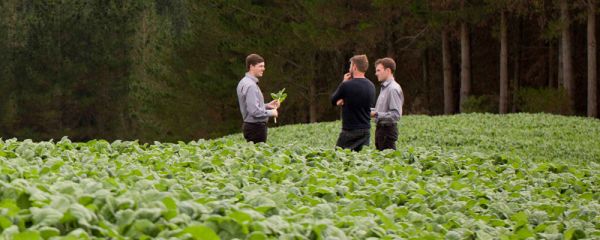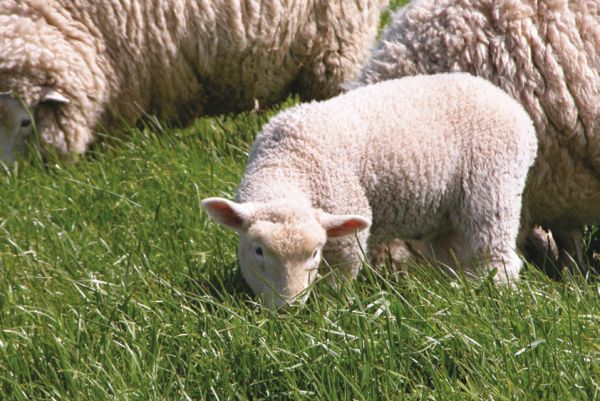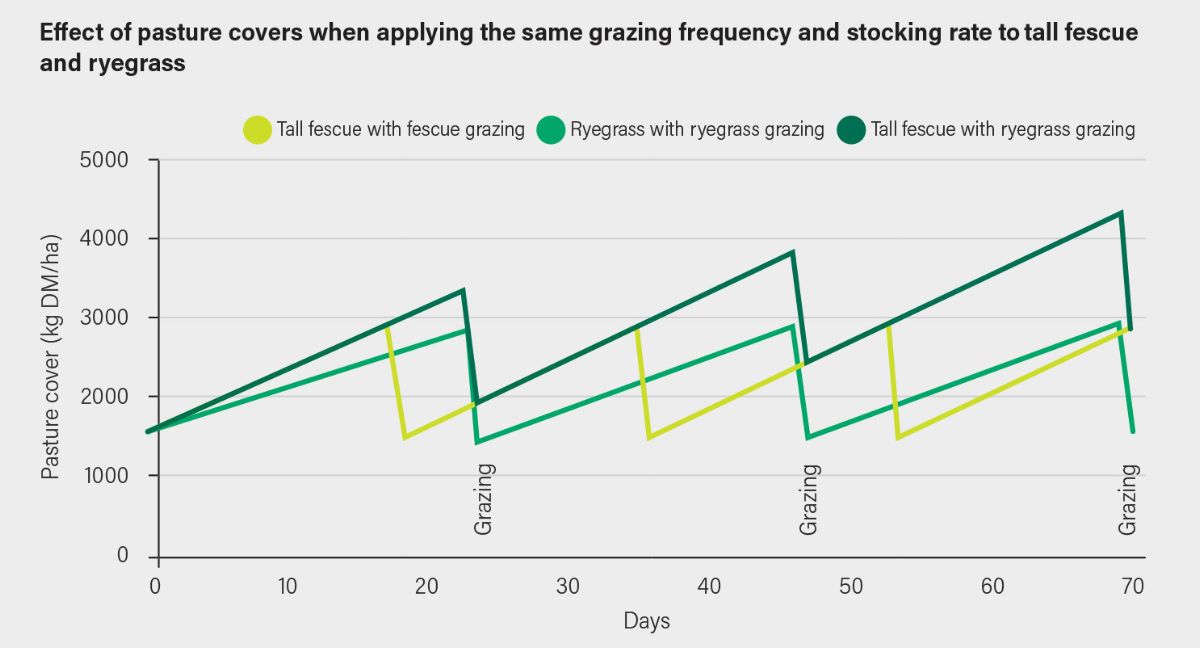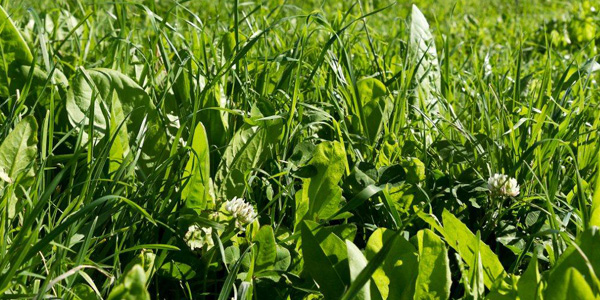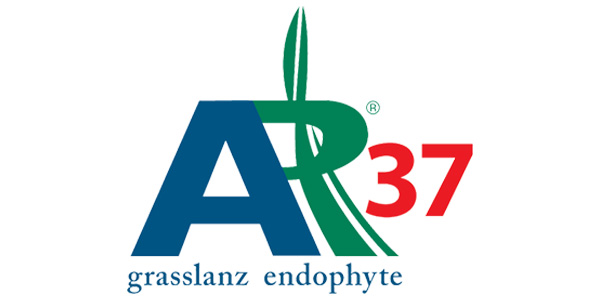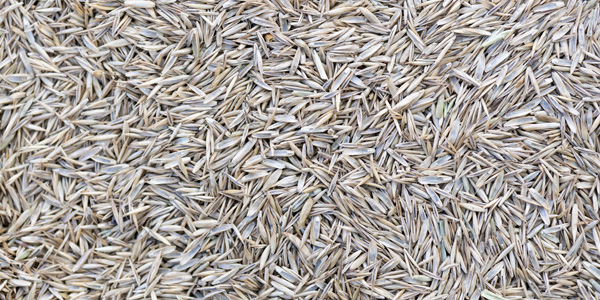
TALL FESCUE MANAGEMENT
TALL FESCUE MANAGEMENT
Maintaining Pasture Quality
The most important aspect of grazing management for tall fescue in New Zealand is utilising the pasture growth effectively and maintaining pasture quality.
The primary message regarding tall fescue is that it grows more drymatter in September and October than is expected from ryegrass. Also, many cultivars go reproductive earlier than the majority of our modern ryegrass cultivars.
To summarise the two key messages:
- Tall fescues reliably grow more drymatter in September and October than ryegrass
- Depending on the cultivar, tall fescue commonly becomes reproductive during the first weeks of October
The most common mistake made when managing tall fescue is to use the same stocking rate and grazing frequencies as ryegrass. When this occurs, pasture cover is too high for animals to eat all of the pasture, leaving a high residual, which then compounds to an even higher cover at the next grazing and more left behind by the stock. This is often confused with tall fescue being less palatable, but it is just a function of too few animals and not grazing often enough, as seen in the graph below.
It is critical to graze tall fescue before it exceeds 3000 kg DM/ha (about 18 cm) during the growing season, with a post-grazing yield of 1500 kg DM/ha (about 3 - 5 cm). This will require tall fescue paddocks to be grazed when they are ready, not as part of a fixed rotation.
On dairy farms, blocks of several adjacent paddocks of tall fescue should be planted to reduce the amount of changes cows make between ryegrass and tall fescue.
STOCKING RATES
On dairy farms, for every hectare of tall fescue established, an extra 0.7 cows should be carried to utilise pasture at the same rate (using a base stocking rate of 3 cows/ha). On a sheep farm running an average of 10 SU/ha, an extra 2-3 SU need to be carried for every hectare of tall fescue established.
SPRING MANAGEMENT
On sheep farms, it is ideal to rotationally graze tall fescue in spring with hoggets or cattle, if there are sufficient numbers. If there is not enough dry stock available, established tall fescue paddocks should be stocked with 20-30% more ewes at lambing, using mainly multiplebearing ewes. Tall fescue is tolerant of set-stocking once established, provided that covers are not kept low during drought periods. Adding ewes and lambs from neighbouring paddocks may also be needed at tailing/docking to maintain pasture below 7-10 cm. Where it is not possible to match pasture growth in October/November with stock numbers then silage, hay, or topping may be needed to maintain quality for weaning.
SUMMER MANAGEMENT
Tall fescue should be grazed when it has recovered to the pre-grazing masses listed in the table below. During droughts, there is a temptation to over graze fescue pastures because they are often the only green paddocks on the farm. This can lead to thinning of the grass plants, poor recovery after drought and reduced persistence.
AUTUMN MANAGEMENT
Tall fescue is an ideal grass to spell in autumn and carry feed into early winter. The reason for this is that it has very good frost tolerance and the herbage maintains quality better than other species. This is not recommended on soils that are prone to pugging.
This practice is also good management for the plant because spelling in autumn is recommended for assisting tiller and rhizome development. Autumn nitrogen also assists rhizome and tiller development, which impacts on future production and persistence. Tall fescue also appears to be very responsive to plant growth regulators and this may be a management tool to use to increase late autumn or winter growth.
It is not wise to carry autumn grown tall fescue through to spring. It is better to graze pastures by early winter and rely on fresh growth in early spring.
FERTILISER
Tall fescue has similar soil fertility and fertiliser requirements to ryegrass although for longevity it benefits from a higher fertility situation. It is more responsive to autumn applied N fertiliser. It also responds well to nitrogen in summer.
Nitrogen availability is an issue on dryland tall fescue. While the grass is very persistent, white clover often disappears after 2-3 years and then very little N is fixed and made available for the grass. As a result, tall fescue in dryland pastures over three years of age is often N-deficient and this results in slow grass growth, long periods between grazing and grass which is lower in palatability. Nitrogen fertiliser can remedy this; introducing legumes by over-sowing with white and subterranean clover is highly recommend. When planting tall fescue in these environments, consider using more drought tolerant legumes such as sub clover or lucerne in the mix.
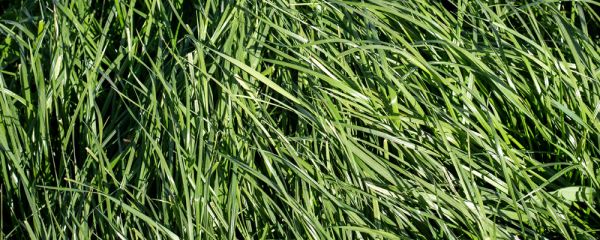
Our Tall Fescue range
VIEW PRODUCTS